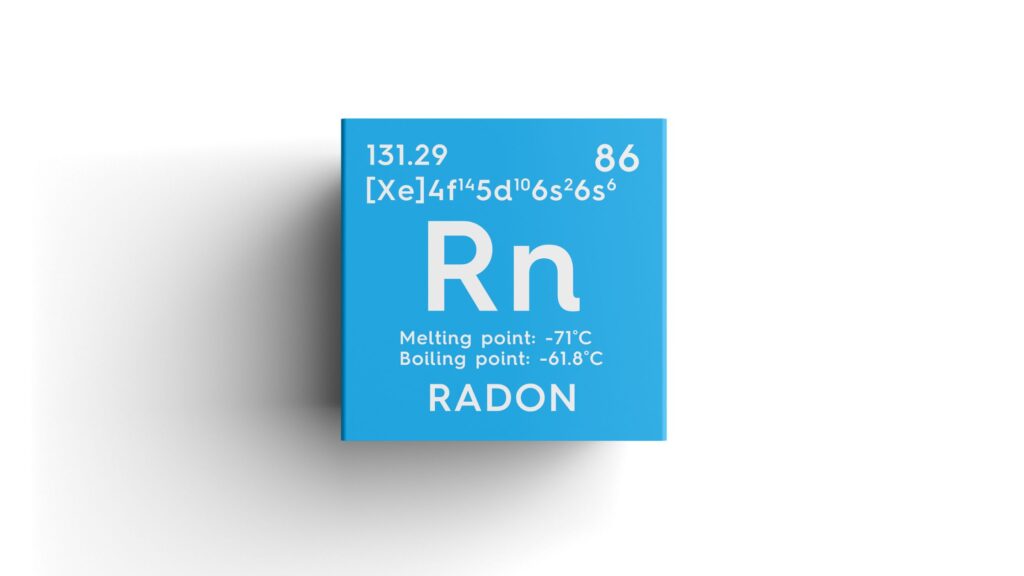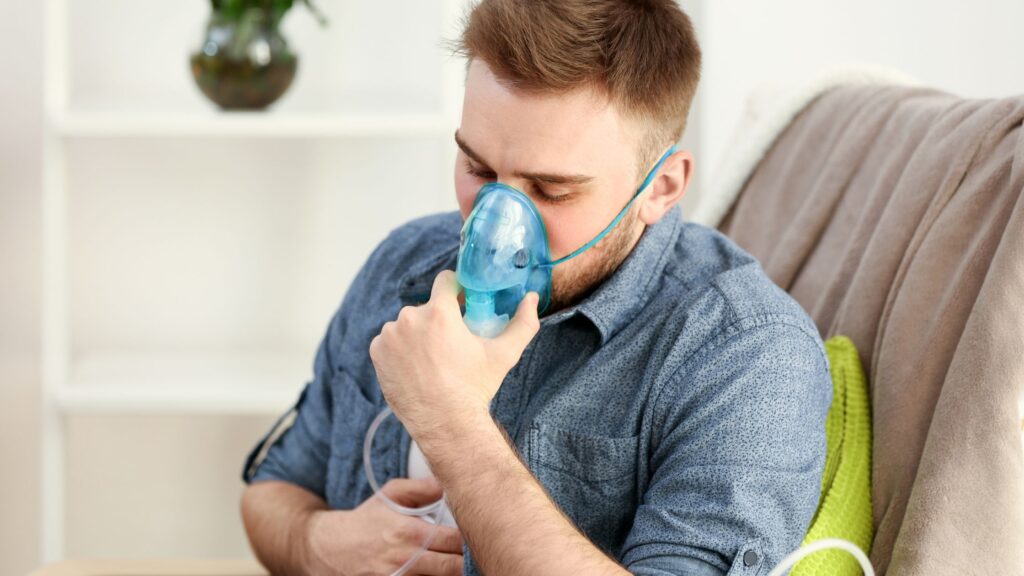Radon exposure inside your home is an invisible but dangerous threat. You can’t see, smell, or taste radon, and it doesn’t cause immediate signs. However, the symptoms of radon exposure can slowly develop over time, often harming your lungs. Knowing these symptoms is important because early detection can help you take action before serious health problems appear. In this guide, we’ll break down the most common symptoms of radon exposure, explain the possible health risks, and share practical steps to keep your home and family safe.

1. What Is Radon and Why It Matters
Radon is a radioactive gas with no color, smell, or taste, and it can slip into homes and buildings from the soil and rocks beneath them. When it builds up indoors—especially at high levels—it becomes a serious health risk. In fact, radon is the second leading cause of lung cancer in the United States, particularly among people who don’t smoke. Because it’s invisible and has no early symptoms, the only way to know if it’s present is through proper testing. Over time, high levels can cause lasting lung damage, and the symptoms of radon exposure may appear after years of breathing it in. For accurate testing, custom mitigation systems, and follow-up inspections, DSM Radon provides certified, professional services throughout the Des Moines metro area. Learn more about Radon Detection.
2. Understanding the Symptoms of Radon Exposure
Although radon doesn’t cause pain or discomfort right away, the long-term symptoms of radon exposure often look similar to other breathing problems—but they come from a more dangerous source.
A. Respiratory Indicators
- Persistent cough – A cough that won’t go away is a common sign of lung irritation caused by breathing in radon over time.
- Shortness of breath – You may notice it’s harder to catch your breath during daily activities because your lungs aren’t working at full capacity.
- Wheezing or chest tightness – You might feel pressure in your chest or hear wheezing when you breathe due to increased strain on your lungs.
Because these signs are also linked to other lung conditions, radon exposure can be difficult to diagnose without proper testing. However, when these symptoms appear and you live in an area where radon levels are high, it’s a strong warning to take action.
B. Secondary Health Effects
In addition to breathing problems, long-term symptoms of radon exposure can lead to other serious health issues:
- Frequent respiratory infections – Ongoing radon exposure can weaken your lungs, making you more likely to develop repeated bouts of bronchitis or pneumonia.
- Reduced lung function – Over time, you may feel more tired, lose stamina, or find it harder to breathe, even during light activity.
- Lung cancer risk – While not an immediate symptom, prolonged exposure to radon is a leading cause of lung cancer and often develops without any early warning signs.
These secondary effects highlight why it’s so important to detect and address radon before it causes lasting harm.
3. Factors That Influence Symptom Development
Several elements determine whether and how soon symptoms of radon exposure appear:
- Radon concentration level: The higher the level in your home, the greater the lung tissue damage over time.
- Duration of exposure: Symptoms and risks grow with prolonged exposure; even moderate levels cause trouble if exposure spans many years.
- Smoking status: Smokers face alarming risks—radon and smoking together dramatically increase lung cancer likelihood.
- Ventilation and building design: Poor airflow and foundation leaks intensify indoor radon buildup, speeding symptom emergence.

4. When to Be Concerned
If you notice ongoing breathing problems—such as a deep, stubborn cough, repeated lung infections, or shortness of breath—it’s important to take action right away. Even more critically, if a radon test shows levels at or above 4.0 pCi/L, or even in the range of 2.0 to 4.0 pCi/L, you should contact a certified radon mitigation specialist without delay. Early testing and prompt mitigation are the best ways to stop the symptoms of radon exposure from starting or getting worse.
5. How Professionals Help
Trained experts guide you at every step to prevent or reduce symptoms of radon exposure:
- Certified testing services deliver accurate results using calibrated devices and proper monitor placement.
- Custom mitigation systems, such as active soil depressurization, safely vent radon gas from beneath the foundation using PVC piping and fans.
- Post-mitigation testing confirms that mitigation lowers radon to safe levels.
- Ongoing monitoring and maintenance, including fan inspections and periodic retesting, ensure long-term effectiveness.
These proactive steps drastically reduce the likelihood that you—or your family—ever experience the symptoms of radon exposure.
6. Key Takeaways
- The symptoms of radon exposure—including a lasting cough, shortness of breath, and chest tightness—often develop slowly and can be mistaken for other health issues.
- Since radon is invisible and causes no early signs, regular testing is the only way to uncover hidden risks.
- If tests confirm exposure, professional solutions such as mitigation systems and follow-up testing can stop symptoms from progressing and protect your long-term health.
- Taking action early and relying on certified radon specialists can truly save lives.

Conclusion
Although the symptoms of radon exposure may seem mild in the beginning, they can signal serious and lasting health problems—especially if high radon levels go untreated. Instead of waiting for these symptoms to progress, take action now: test your home, and if needed, install a mitigation system and keep it well maintained. For reliable radon testing, custom mitigation solutions, and ongoing monitoring, you can count on the certified team at DSM Radon.





